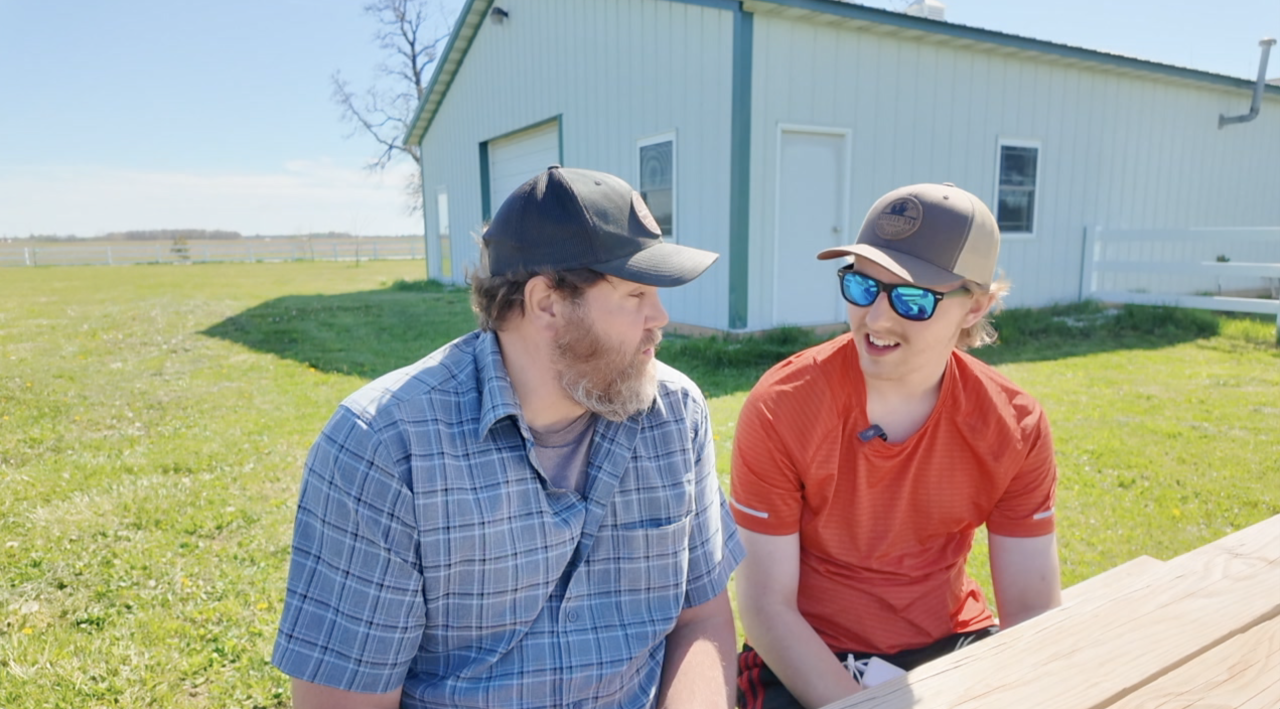INDIANAPOLIS — When someone is having a stroke time is of the essence for every minute that passes 2 million neurons are destroyed.
IU Health’s Mobile Stroke Unit brings the emergency room right to its patients.
“So the name of the game in stroke is time,” Dr. Jason Mackey said, “the faster you can treat people the better.”
That’s why Mackey said IU Health’s Mobile Stroke unit is huge in treating stroke patients.
“What this ambulance does is it brings the CT scanner and essentially the emergency department to the patient,” Mackey said.
He told WRTV that saves about 30 minutes which equates to saving 60 million neurons, the average brain has 86 billion neurons.
So, what does it take to run this mobile unit?
It’s always staffed with four people a nurse, a CT tech and two EMTs.
Ivan Geiger is the CT tech. He’s been with IU Health for more than 25 years and has spent the last four on the Mobile Stroke Unit.
“For me, it's exciting to get out into the field finally instead of being cooped up in the hospital,” Geiger said
Geiger said the small space can get chaotic at times.
“It takes a little bit of getting used to, it’s a different environment definitely,” Geiger said.
“I love the controlled chaos of being on scene. I like making a difference in people's lives this is definitely a unit that makes a difference in people’s lives,” Drake Featherstone, an EMT said.
His main focus is driving and operating the mobile unit.
“The safety of the crew falls into my hands at all times whether we're in route or on scene,” Featherstone said.
He said being a first responder means remaining calm in what could be a chaotic situation.
“You definitely have to sit back and breathe. There have been times where adrenaline's got the best of me but you have to kind of take a step back, breathe, realize that you can't respond to an emergency if it's your emergency you can't make it your emergency,” Featherstone said.
By far one of the coolest parts of the mobile stroke unit is that the neurologist can join them via video chat from wherever they are and can talk to the patient while they’re still on scene.
The symptoms of a stroke are:
- Facial drooping
- Arm and leg weakness
- Trouble with talking
- Trouble with balance or vision.
They say if you are displaying symptoms like this it’s time to call 911.
Don’t try to wait out the symptoms.
IU Health’s Mobile Stroke Unit is the only one of its kind in the state.
There are 20 units in the country.
-

Woolly Yak Ranch & Winery promotes purpose and inclusion in Hamilton County
The ranch is giving people with special needs, including the owners’ son, a chance to work, learn and build a future.
Foster mom applauds conviction in battery and neglect case
A Howard County jury has convicted a Lafayette man of battering his girlfriend’s son. Jeramie Jennings will be sentenced May 21 at 11 a.m.ISP: Man killed in police-involved shooting in Marion
The Indiana State Police are investigating a police-involved shooting that resulted in the death of a Marion man
Mathurin misses Game 4 of series with Bucks due to abdominal bruise
Indiana guard Bennedict Mathurin isn’t playing in Game 4 of the Pacers’ first-round series with the Milwaukee Bucks on Sunday night due to an abdominal bruise.




